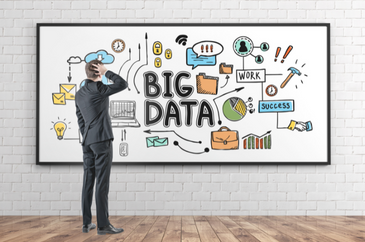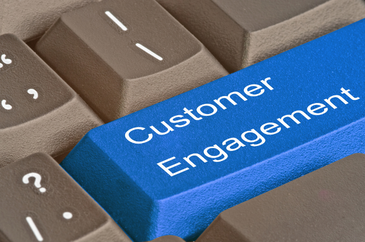The exponential growth of digital technology has changed the way businesses run over the last decade. The influx of social media applications, automation, cloud-based solutions, big data, and the growing trail of emerging technologies like AI/ML, IoT, OTT, etc have been persuading – as well as equipping- businesses to reinstate their digital presence.
The pandemic has further nudged every industry off the cliff into digitalization – desired or not. And, businesses across the globe are shifting their strides, grabbing newer strategies and technologies to stay ahead in the pandemic-induced economic slowdown.
Digitalization: The need and the negotiations
A recent study by Mc Kinsey reports a whopping 60% increase in brands that have adopted the digital route, especially during the pandemic.
Companies are wooing consumers across online channels – becoming adaptive in the process to the overwhelming possibilities of digital platforms. The new digital adoption has enabled businesses to expand their customer base, drive operational efficiencies, and improve communication in a connected world.
However, while businesses with a larger workforce and bigger budgets manage to accelerate their digital transformation, for small businesses, the path to digitalization could be a rough ride. Most of them may not have the required exposure, bandwidth, or budgets to accelerate their digital journey.
The inadequacy is further complicated by the overwhelming number of choices in the market. A hasty decision or an ignorant choice could result in capital erosion or even push many out of business. A recent study conducted by the Boston Consulting Group reveals that out of the numerous transformation initiatives, only a meager 30% have become successful.
Regardless of the digital leaders who seem to glide smoothly through the transition, over 40% have hiccups meeting targets and building sustainable change. The rest of the businesses find themselves in the ‘Woe’ zone, with very low achievement rates and highly ineffective transformation.
Digital transformation is a complex phenomenon bringing with it a broader spectrum of processes, people, infrastructure, and sustainability, along with the capacity to maintain and innovate in the long run.
The basic framework for a successful digital transformation
So, where does one start, what kind of technologies must be considered, what budgets allocation is required, what are the expected outcomes, what would the journey look like, and many more unknowns?
A guiding framework can help Small Business owners map their digitalization needs and enable measured decision making. Satish Kumar, Digital Transformation Consultant, and mentor says, “in its simplest form, the framework can be viewed as multi-layered with each layer having several functional blocks.”
Engagement
This is the top of the stack and face of the organization to the external world from a digital standpoint. It consists of external stakeholders, Customers, Suppliers, Partners, and other ecosystems where relevant. The primary drivers are customer experience, seamless integration with partners, and Ecosystems.
What tools and technologies do we use to engage with our customers, partners, suppliers, and other ecosystems? For example, Do we develop a mobile app, have an e-store, do we need POS, what type of payments do we support? Do I need a CRM? If yes, at what stage?
The Business Core

The mid-stack consists of a servicing or fulfillment layer, enabling the delivery of the Products and Services. For example: what software do I use if I am a restaurant business or a trading company? Do I need an ERP? What tools do I need to use for my Sales and Marketing? Do I invest in big data analytics? Do I use off-the-shelf products or build on my own?
Organizational Elements

This is the bottom of the stack largely focused on the Internal Organization elements like collaboration tools, human resources, IT infrastructure, security, and knowledge management. Do I use Office 365 or G-Suite?
For starters, the execution towards digitalization must be progressively done at all layers in parallel; enhancing only one of the layers may not always yield the desired outcomes. The choices largely depend not only on the nature and size of the business but also at what stage the Business is in the Digital Transformation Journey.
Register now!
Are you seeking Business Coaching or Mentoring Services to start your eCommerce business?
As a new player in a prospective market, figuring out everything on your own can be challenging. Working with a business mentor can be helpful in many ways. This is precisely where Jupiter Business Mentors can assist you. The platform connects mentors to the start-up community in UAE so that you can take advice from experienced professionals.
Sign up and avail of our special offer – 90 minutes of free sessions with Satish Kumar.





